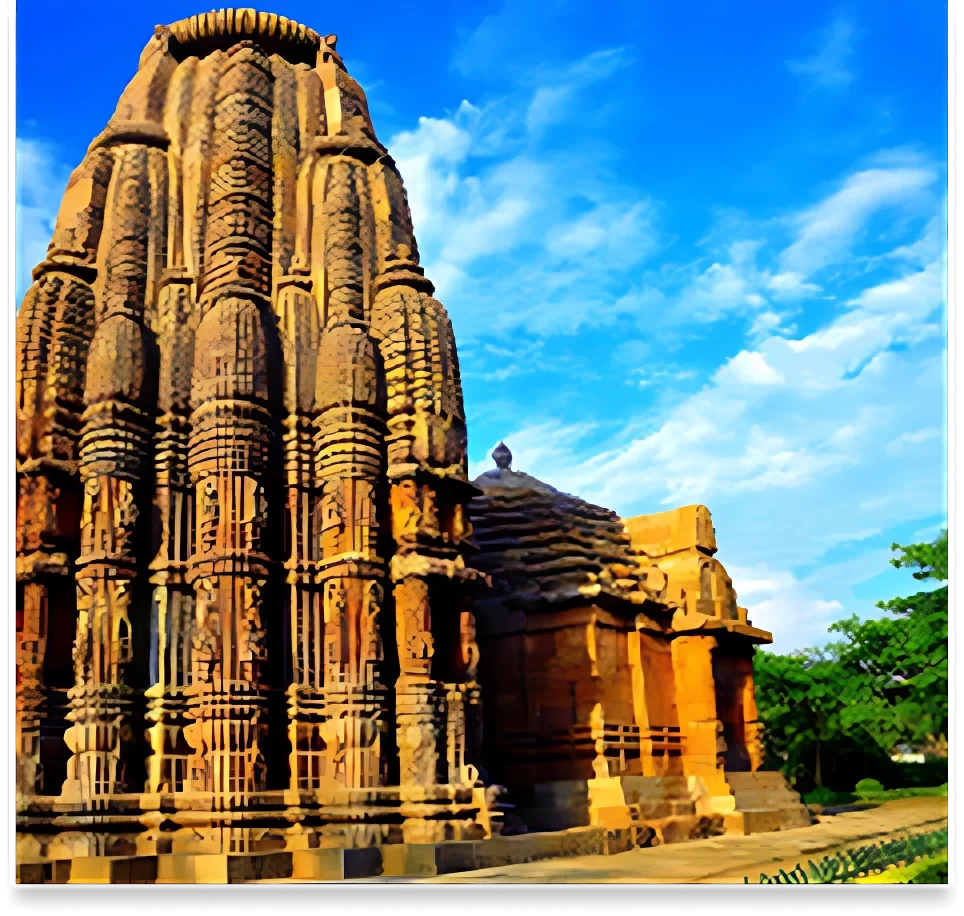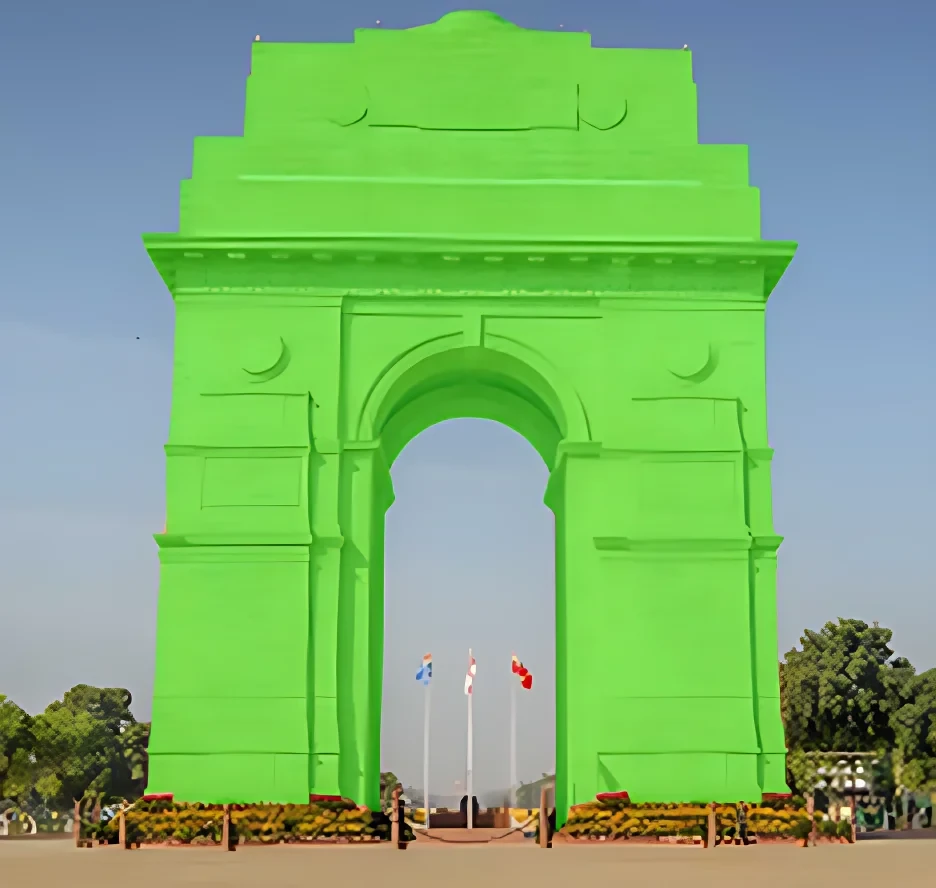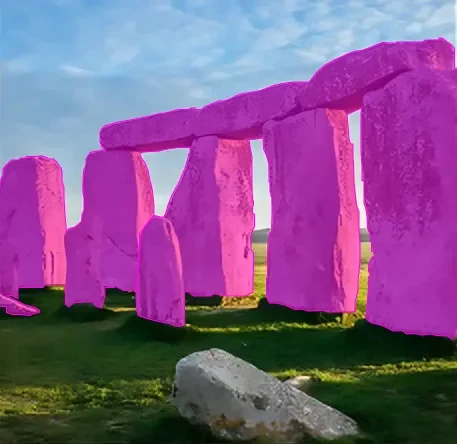Landmark Image Dataset
Home » Case Study » Landmark Image Dataset
Project Overview:
Objective
To compile a comprehensive dataset of images featuring global landmarks, we aim to fuel advancements in AI models for geolocation, travel applications, and cultural recognition systems. Moreover, this dataset will actively contribute to enhancing the accuracy and efficiency of such systems by providing a diverse array of landmark images from around the world. Additionally, by leveraging cutting-edge technology and crowdsourcing techniques, we will actively collect and curate high-quality images of landmarks, ensuring the dataset’s richness and relevance for various AI applications. Furthermore, this initiative will actively engage with communities globally to encourage participation and contribution to the dataset, fostering a collaborative approach to data collection and sharing.
Scope
Our team embarked on a mission to create a diverse and comprehensive image library by capturing the essence of world-famous landmarks. We gathered images showcasing these landmarks from various angles, at different times of the day, across seasons, and even under unique weather conditions. Furthermore, each image is meticulously annotated, providing valuable insights and metadata.”




Sources
- Photographs submitted by tourists have been meticulously collected and successfully curated.
- Engaged in collaborations with travel bloggers and photographers, resulting in a thoughtfully collected and well-curated assortment of visual content.
- Utilized licensed stock photos, contributing to a successfully collected and professionally curated repository of images.
- Incorporated satellite and drone captures into the collection, creating a carefully collected and comprehensive dataset.
- Accessed historical archives to obtain images, ensuring a thoughtfully collected and historically rich visual compilation.



Data Collection Metrics
- Total Landmark Images: 500,000
- Historical Monuments: 125,000
- Natural Landmarks (mountains, lakes, etc.): 100,000
- Modern Architectural Wonders: 75,000
- Cultural Landmarks (festivals, ceremonies): 50,000
- Miscellaneous Landmarks: 150,000
Annotation Process
Stages
- Image Pre-processing: involves standardizing resolution, lighting, and orientation to ensure consistency across all images.
- Landmark Annotation: Additionally, landmark annotation entails highlighting the main landmark using bounding boxes or segmentation masks.
- Landmark Categorization: Moreover, landmark categorization involves labeling the specific landmark, such as the Eiffel Tower or Mount Everest.
- Metadata Annotation: Furthermore, metadata annotation is necessary to attach details such as country, city, historical significance, and estimated capture date to each image.
- Validation: Lastly, validation is conducted by cross-checking annotations via human reviewers and preliminary landmark recognition algorithms.
Annotation Metrics
- Total Landmark Annotations: 500,000
- Metadata Annotations: 500,000




Quality Assurance
Stages
Automated Landmark Recognition Verification: Employing existing models to ensure annotation accuracy. Additionally, they enable consistent standards across annotations, facilitating better communication and understanding among annotators. Moreover, employing these models allows for the identification of patterns and trends within the data, leading to insights that can inform decision-making and strategy development.
Peer Review: Subsequently, validate annotation accuracy through Peer Review by a distinct set of annotators.
Inter-annotator Agreement: Measure consistency in the annotation process by annotating a subset of images with multiple individuals for Inter-annotator Agreement.
QA Metrics
- Annotations Validated using Landmark Recognition: 250,000 (50% of total images)
- Peer Reviewed Annotations: 150,000 (30% of total images)
- Additionally, we actively identified Inconsistencies Identified and Corrected: 10,000 (2% of total images)
Through this process, we ensured the accuracy and reliability of our annotations.
Conclusion

Quality Data Creation

Guaranteed TAT

ISO 9001:2015, ISO/IEC 27001:2013 Certified

HIPAA Compliance

GDPR Compliance

Compliance and Security
Let's Discuss your Data collection Requirement With Us
To get a detailed estimation of requirements please reach us.